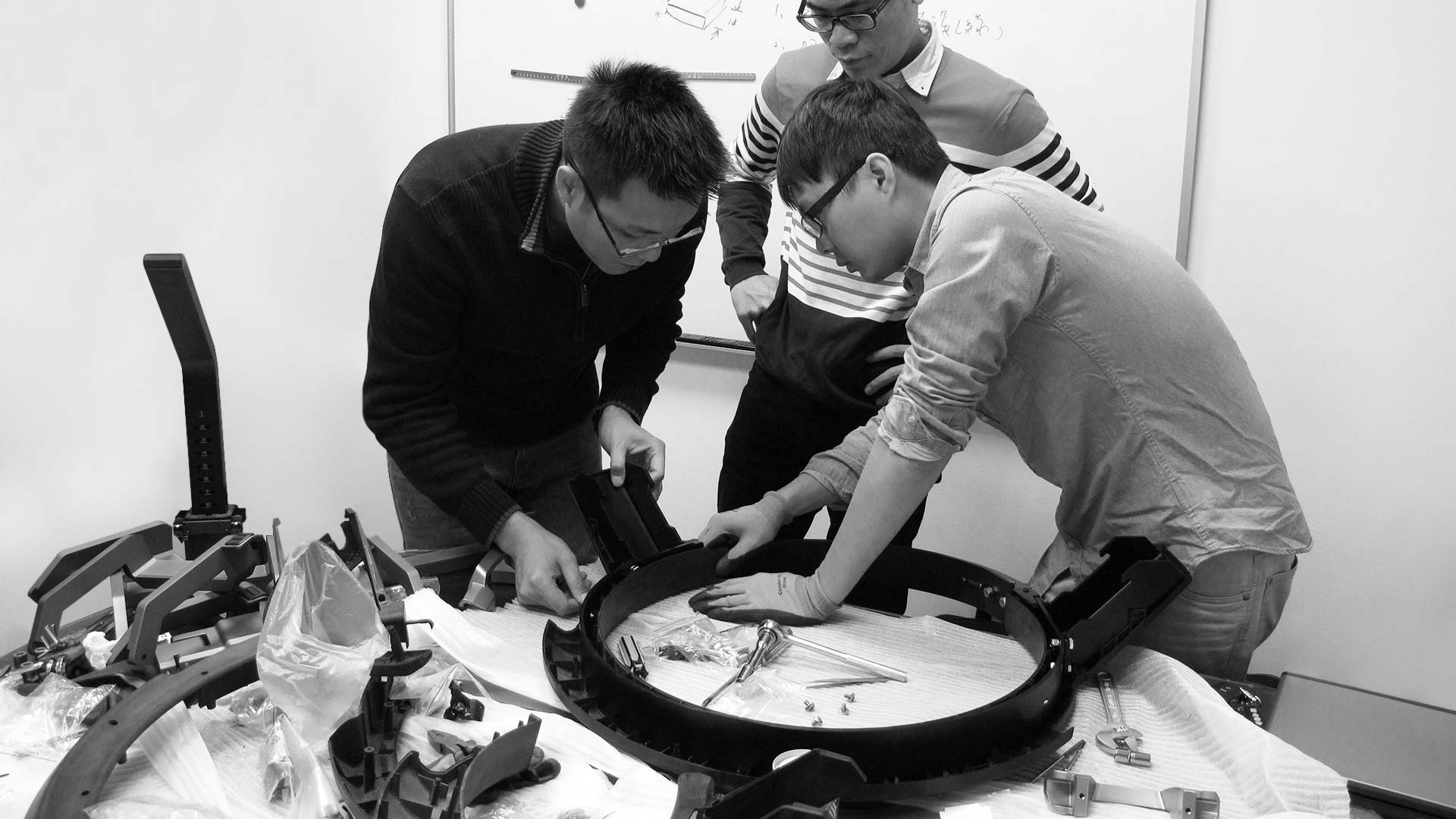DFM: Uniting Design and Engineering for Better Manufacturing

Design for Manufacturing (DFM) is a complex process and involves much more than just having a great initial product concept or design idea. So, what should a company do to ensure the end product is a success?
By fostering open communication, transparency, and collaboration among the design, engineering, and manufacturing teams, companies can achieve a shared understanding of the product vision, requirements, and constraints. This leads to informed decision-making and minimizes the risk of delays or rework. Then what approaches could we adopt to align different teams?
1. Establish clear communication channels and protocols to keep everyone informed and aligned.
2. Encourage open discussions, actively listen to diverse perspectives, and embrace constructive feedback.
3. Define roles, responsibilities, and deadlines to maintain accountability and ensure timely progress.
4. Leverage project management tools and collaborative platforms to streamline workflows and documentation.
5. Regularly review processes, identify areas for improvement, and adapt strategies as needed.
These strategies allow the teams to reach a mutual understanding and find common ground. Additionally, what are some factors that each team should consider to successfully bring a product to life?
The design and engineering teams should work closely to discuss the user requirements, desired experience, and most importantly, define the product specifications. With the engineers’ input, the designers can design the product with manufacturing constraints (such as CMF selection and tolerances) in mind and optimize designs for easier manufacturing and assembly.
The engineering team can assist the design team in analyzing manufacturability issues (such as complex geometries and tight tolerances) and perform simulations and testing to validate manufacturing processes.
In parallel, the manufacturing team collaborates with both the design and engineering teams to ensure manufacturability and identify potential production issues early on. This iterative process, facilitated by continuous feedback loops, prevents siloed work and avoids costly rework down the line.
For product verifications and iterations (EVT, DVT & PVT), we have created a separate video to help you better understand.
Here we are introducing 2 successful projects that exemplify the principles.

This 360-degree omnidirectional treadmill provides a secure platform for users to immerse themselves in the best VR experience possible. The system is highly intricate and built with more than 200 parts. The designers, engineers, and manufacturing partners worked seamlessly to continually enhance the system, making it smarter through countless rounds of assembling prototypes, testing, verification, and modification. These efforts ensure the product’s durability and suitability for mass production.


Minze Health is a medtech company that aims to help patients with urinary symptoms. They developed a brilliant internet-connected uroflowmetry device but faced challenges in mass production due to the original design. CRE8 assisted Minze in refining the product, sourcing FDA-approved materials, and opting for manufacturing solutions that ensured stringent precision and quality requirements.




